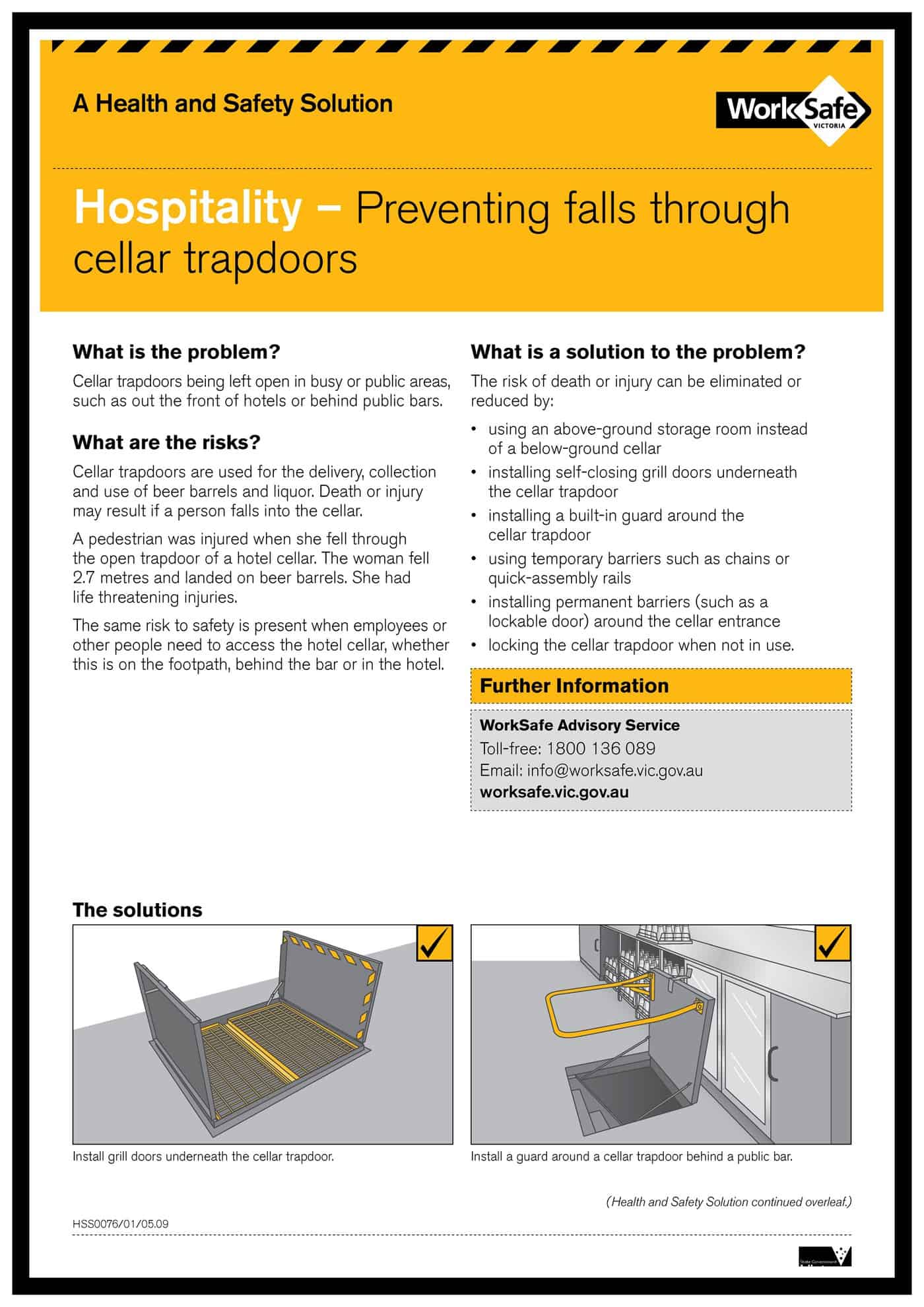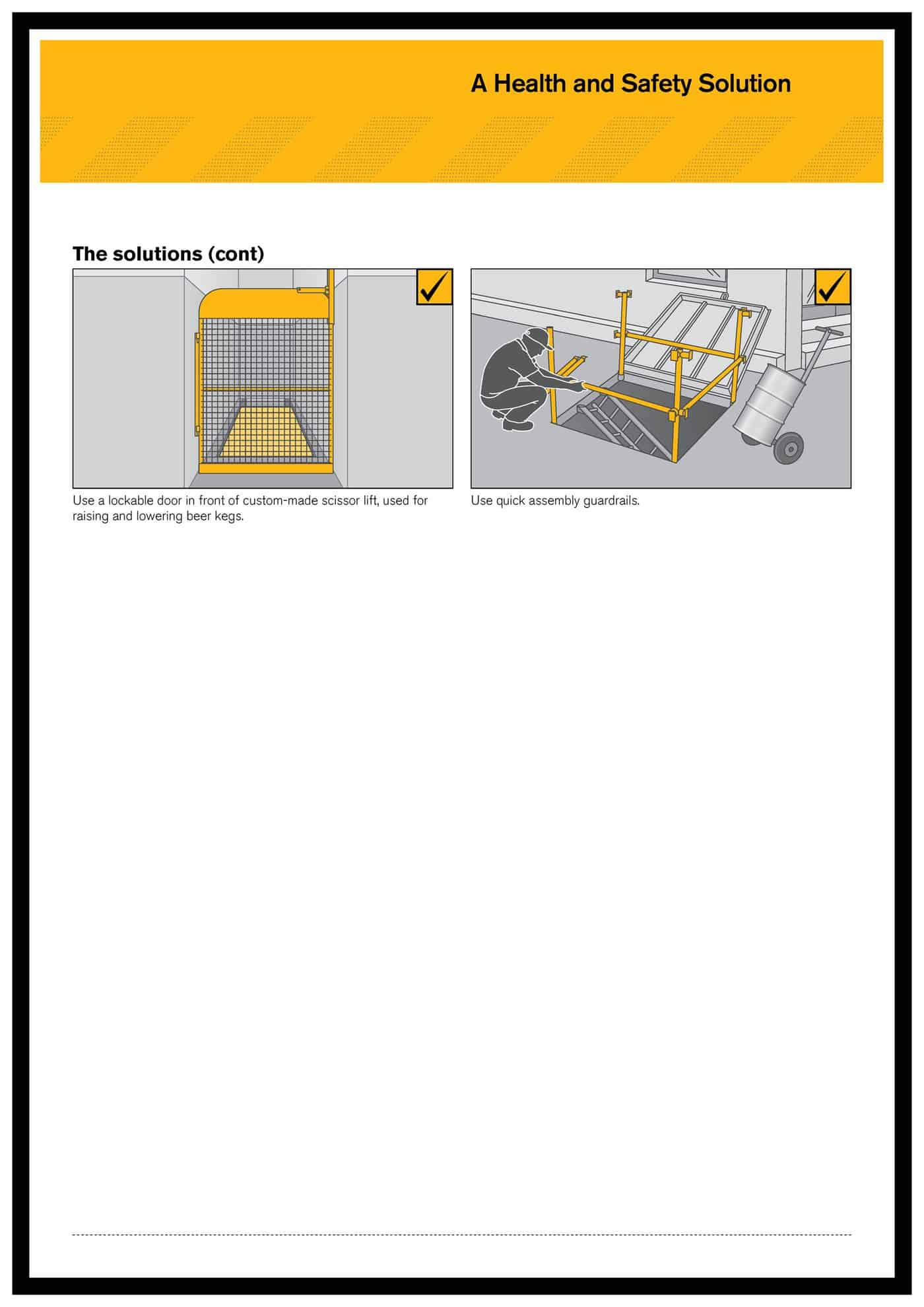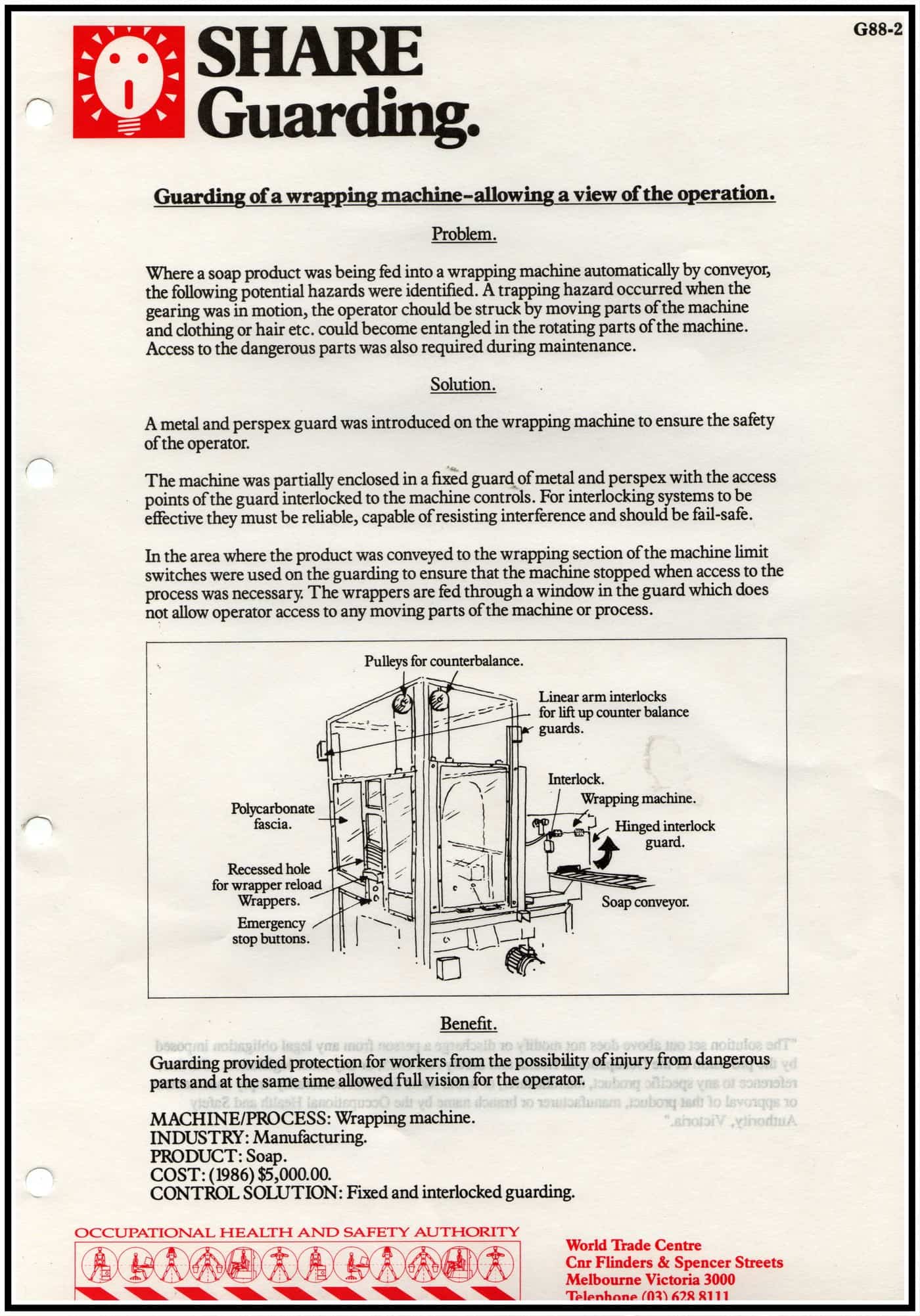A major element of risk management is business continuity. This requires considerable planning, disaster recovery resources, and a long-term focus.
In early 2009 parts of Victoria, some not far from the offices of SafetyAtWorkBlog, were incinerated and across the State over 170 people died. In a conservative western culture like Australia, the bush-fires were the biggest natural disaster in living memory.
The is a Royal Commission into the Victorian Bushfires that is illustrating many of the disaster planning and community continuity needs in risk management.
The Australian Broadcasting Corporation’s “7.30 Report” provided a report on 5 August 2009 which originates from the views of the community and the volunteer firefighters. One of the issues relevant to safety professionals and risk managers is the psychological impact on volunteer workers. Many in the report talk of trauma. Many in the disaster areas have not returned and their are many who remain psychologically harmed.
When a workforce is so closely integrated with a community, rehabilitation is a daunting task and changes a community forever.
Overseas readers may have experienced their own natural disasters such as hurricane Katrina, earthquakes, floods and wildfires. Many of these stories are reported around the world. In the recovery phase of any disaster, businesses need to rebuild but are often rebuilding with damaged people. It would be heartening to see the OHS regulators and OHS professions becoming more involved over the long recovery period.






 who was the chief psychologist for the Australian Olympic team and is now an author and business adviser. In August 2009 he has a book released entitled “The Man Who Cured the Performance Review”.
who was the chief psychologist for the Australian Olympic team and is now an author and business adviser. In August 2009 he has a book released entitled “The Man Who Cured the Performance Review”.